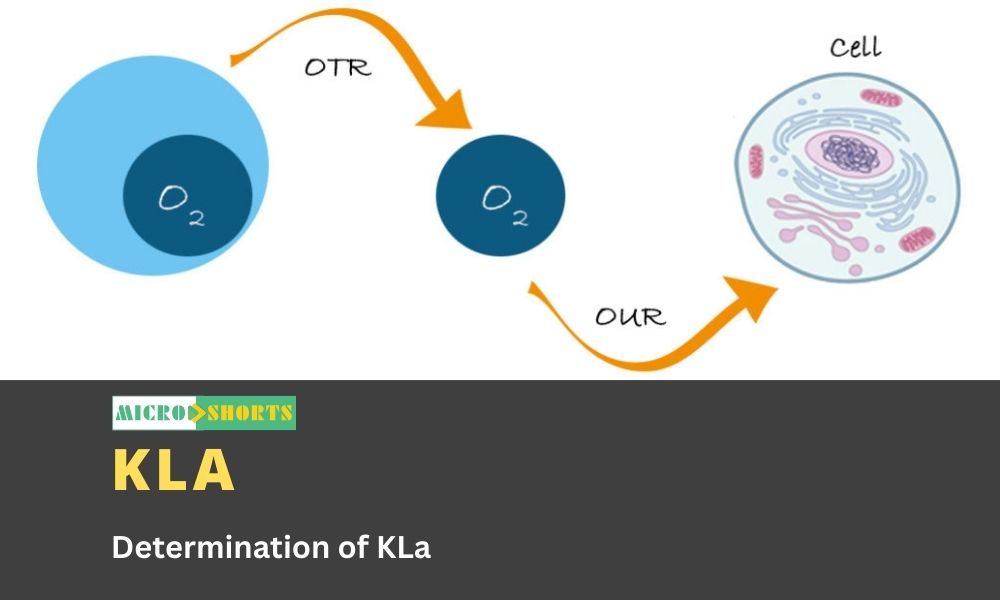Introduction
The hanging drop technique is a method used in microbiology and cell biology to observe the behavior of living microorganisms or cells under a microscope. The principal behind the hanging drop technique lies in creating a microenvironment that closely mimics the natural conditions for the microorganisms or cells while allowing for easy observation and manipulation.
Principal
Microenvironment Creation: The technique involves placing a small droplet of liquid containing the microorganisms or cells on the underside of a coverslip or a specialized chamber. This droplet hangs suspended due to surface tension, creating a microenvironment where the organisms can thrive

Observation Under a Microscope: Once the droplet is prepared, it is placed on a microscope slide with the coverslip facing down. This allows for easy observation of the organisms or cells through the microscope objective.
Nutrient Supply: The liquid medium in the droplet typically contains nutrients necessary for the growth and survival of the microorganisms or cells. This ensures that they can proliferate and remain viable during the observation period.
Minimal Disturbance: The hanging drop technique minimizes disturbances to the microorganisms or cells compared to other methods, such as smears or spreads. This allows for more accurate observation of their natural behavior and interactions.
Long-term Observation: Depending on the setup, the hanging drop technique can allow for long-term observation of the microorganisms or cells without significant alterations to their environment. This is particularly useful for studying slow processes or interactions over time.
Requirements
- Broth culture (approximately 12 hour old).
- Cavity slide.
- Cover slip.
- ‘Vaseline’ or grease.
Procedure
- Clean and flame a cavity slide, and place it on the table with
the depression uppermost.
- Using a match stick, place a minute bulb of 'vaseline' on each
of the four corners of the coverslip.
- Place one loopful of culture at the center of the coverslip of
the same surface as the 'vaseline’.
- Invert the cavity slide over the coverslip in such a way that
the drop of the coverslip is exactly
under the cavity in center.
- Press the cavity slide lightly and allow the coverslip to
adhere to the 'vaseline’.
- Quickly turn the slide up-down so that the drop of the culture
hangs from cover slip into the well of the cavity slide.
- Examine the preparation using the low-power objective to focus
on the edge of the droplet. It will be necessary to reduce the light intensity into the
microscope by adjusting the iris diaphragm and the condenser.
- Move the slide so that the edge of the droplet is in the
center of the microscope field. Focus
the edge properly. Turn the high-power objective into position and focus
the edge of the drop. Obtain the illumination by adjusting the condenser and diaphragm.
- Observe the microorganisms and note down the results.
Reference
RAKESH J.PATEL, EXPERIMENTAL MICROBIOLOGY, VOL-1, ADITYA PRAKASHAN, AHEMDABAD (ISBN-9788123909387).





![LATEX TEST FOR RHEUMATOID ARTHRITIS [RHEUMATOID FACTOR]](https://examtube.in/public/assets/images/blog/LNKhD-rheumatoid-factor.jpg)



Comments